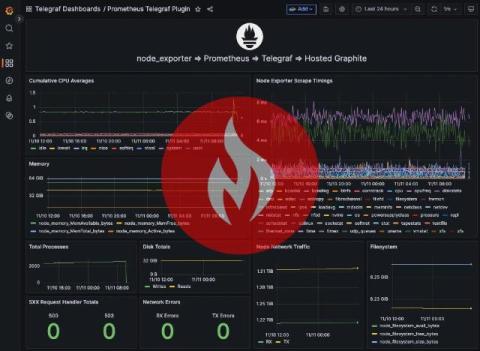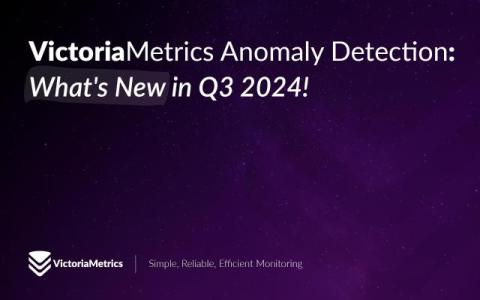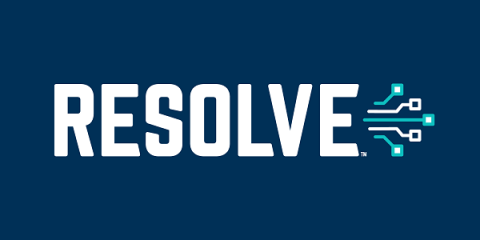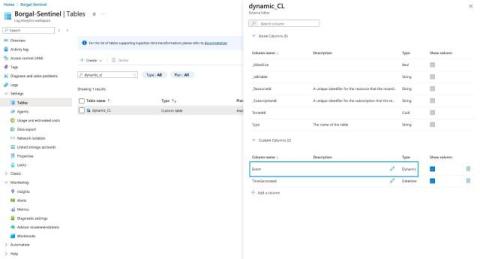Top 5 Best Container Monitoring Tools in 2025
Monitoring provides real-time insights into containerized applications' performance, resource utilization, and overall health. It allows organizations to identify bottlenecks, track resource allocation, detect anomalies, and ensure optimal performance of their containerized infrastructure. Let's explore the world of container monitoring software and discover the leading options that empower you with the necessary tools to monitor and optimize your containers effectively in 2025.











